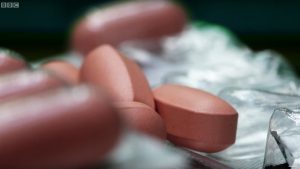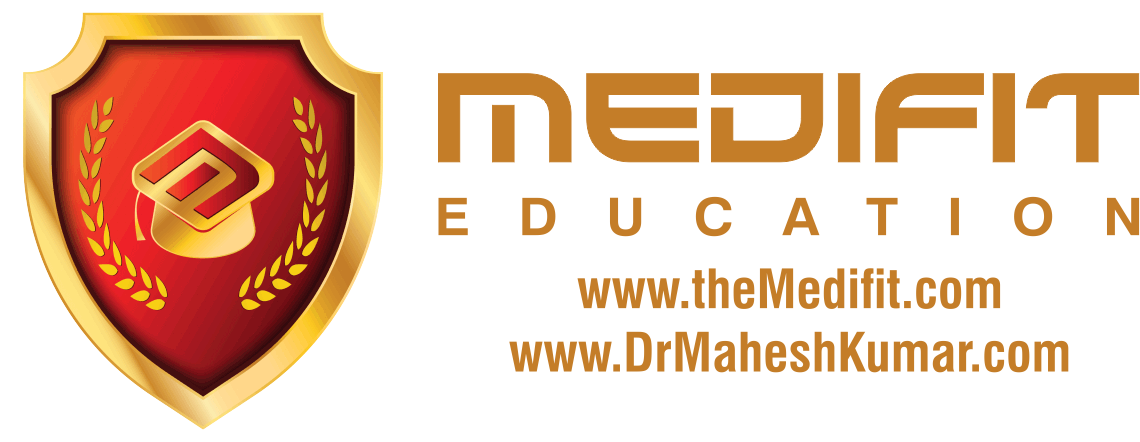(USMLE topics) How the hypothalamus controls body temperature. How fever resets the hypothalamus. Fever versus hyperthermia. This video is available for instant download licensing here https://www.alilamedicalmedia.com/-/galleries/all-animations/immune-and-lymphatic-system-videos/-/medias/1b1d41f8-139e-44a6-8ed2-66127f951376-fever-narrated-animation Voice by: Ashley Fleming ©Alila Medical Media. All rights reserved. Support us on Patreon and get FREE downloads and other great rewards: patreon.com/AlilaMedicalMedia All images/videos by Alila Medical Media are for information purposes ONLY and are NOT intended to replace professional medical advice, diagnosis or treatment. Always seek the advice of a qualified healthcare provider with any questions you may have regarding a medical condition. Fever, clinically known as pyrexia, is an abnormal increase in body temperature, usually due to an illness. Commonly thought as an undesirable side effect of diseases, fever is actually an effective way the body uses to fight infections. Patients usually recover faster when they allow fever to run its course rather than suppressing it with fever-reducing medications. This is because a higher temperature slows down the growth of most pathogens, as well as boosts the effectiveness of the body’s immune response. It also increases metabolic rates and thereby accelerating tissue repair. Normally, the hypothalamus keeps the body’s temperature within a narrow range around 37 degrees Celsius, or 98.6 degrees Fahrenheit. The hypothalamus acts like a thermostat. It receives inputs from heat and cold receptors throughout the body, and activates heating or cooling, accordingly. When the body is too hot, the hypothalamus sends instructions for it to cool down, for example, by producing sweat. On the other hand, when temperature drops, the hypothalamus directs the body to preserve and produce heat, mainly via the release of norepinephrine. Norepinephrine increases heat production in brown adipose tissue and induces vasoconstriction to reduce heat loss. In addition, acetylcholine stimulates the muscles to shiver, converting stored chemical energy into heat. Fever is part of the inflammatory response. When immune cells detect the presence of a pathogen, for example, upon binding to a component of bacterial cell walls, they produce inflammatory cytokines. Some of these cytokines are fever-inducers, or pyrogenic. Pyrogenic cytokines act within the hypothalamus to induce the synthesis of prostaglandin E2, PGE2, the major fever inducer. PGE2 acts on thermoregulatory neurons of the hypothalamus to raise the body’s temperature set point. In other words, PGE2 tricks the hypothalamus into thinking that the body is cold, while in fact the temperature did not change. In response, the hypothalamus instructs the body to actively produce heat to raise body temperature above normal. Fever-reducing medications, such as aspirin and ibuprofen, work by suppressing PGE2 synthesis. Once infection is cleared, pyrogens are no longer produced and the hypothalamic thermostat is set back to normal temperature. Cooling mechanisms, such as sweating and vasodilation, are activated to cool the body down. While fever is usually beneficial and need not be treated, precaution should be taken to prevent body temperature from running too high, which may cause confusion, seizures and irreversible damage to the brain. Finally, it is important to differentiate between fever and hyperthermia, the latter is often caused by extended exposures to extreme heat, or heat stroke. Unlike fever, the body’s temperature set point in hyperthermia is unchanged and the body does not produce the extra heat; its cooling system is simply exhausted and fails to compensate for the excessive external heating. Hyperthermia is always harmful and must be treated with various cooling methods. Fever-reducing medications have no effect on hyperthermia as pyrogens are not involved.

Induction of Fever, Control of Body Temperature, Hyperthermia, Animation.
- Post author:admin
- Post published:October 7, 2021
- Post category:Uncategorized
- Post comments:0 Comments
You Might Also Like
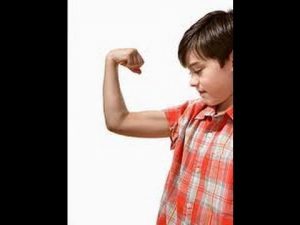
Muscular System – Our Muscles – Muscular system functions for kids
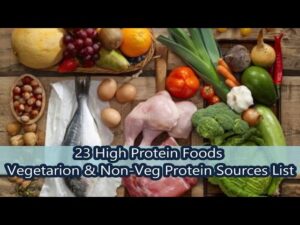
Top 23 High Protein food List

One Hand Triceps Extension-9
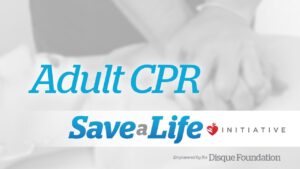
CPR Cardiopulmonary Resuscitation Video – 5
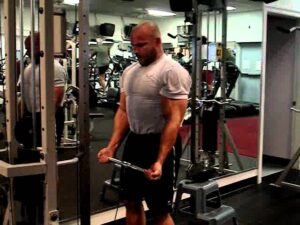
Pulley Curl-1
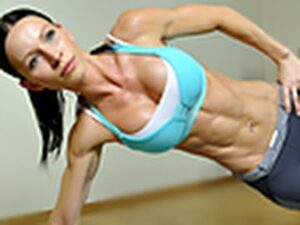
Elbow Plank to Side Plank Lift Exercise

Eating For Energy – Nutrition: Osteoporosis and diet

Preacher Curl Machine or Biceps Curl Machine – HASfit Machine Exercises – Machine Exercise

Single Arm Lying Tricep Extension

Rear delt combo TEAM ON

Xanax (Alprazolam) Side Effects – Full List of Side Effects, Dangers, What to expect…
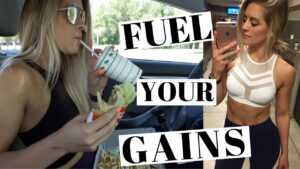
What TO DO After A WORKOUT!
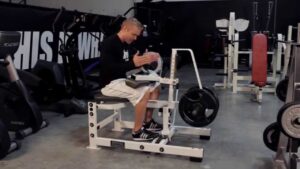
Seated Calf Raise-5
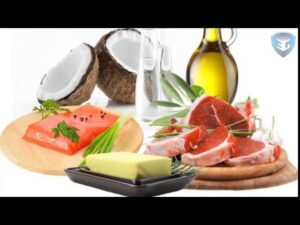
What is fat

APOLLO MULTIVITAMIN MEN tablets Review.
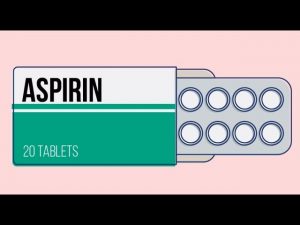
Thyroid Booster Supplements: 6 Supplements That Boost T3 and T4

Top 10 HEALTH BENEFITS OF SWEET CORN

What Foods Should You Eat When You Have Diarrhea

Core Supplement: Vitamin B Complex – Wellness Tip Ep. 4

Orthopedic Physiotherapy Video – 4

Canoeing Video – 2

Spa Associations Video – 2

One Arm Dumbbell Rows – Upper Back Exercises
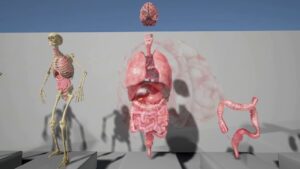
Unreal Engine Asset – Human internal Organs with Skeleton Character

Recognizing and Treating Jaundice

Bacterial Meningitis

Orthopedic Physiotherapy Video – 11

TDEE & BMR

What To Eat Before A Gym Workout | Best Pre – Workout Food | bodybuilding tips
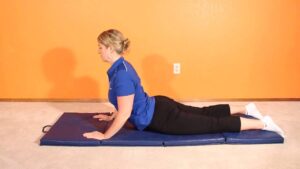
Erector Spinae Back Extension-14

What Male Body Type Do Girls Like? – Special Edition

Injection Techniques

Weight Training Video – 6

Anabolic Steroids – History, Definition, Use & Abuse Video – 12

Fat Loss, Weight Loss Video – 11

Growth hormone control and function

Components of Fitness & FITT Principles

Treatments for Type I and Type II Diabetes (IB Biology 2014)

How the Body Works : Female Reproductive Organs
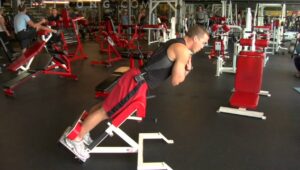
Erector Spinae Back Extension-2

Cardiac surgery Video – 5
